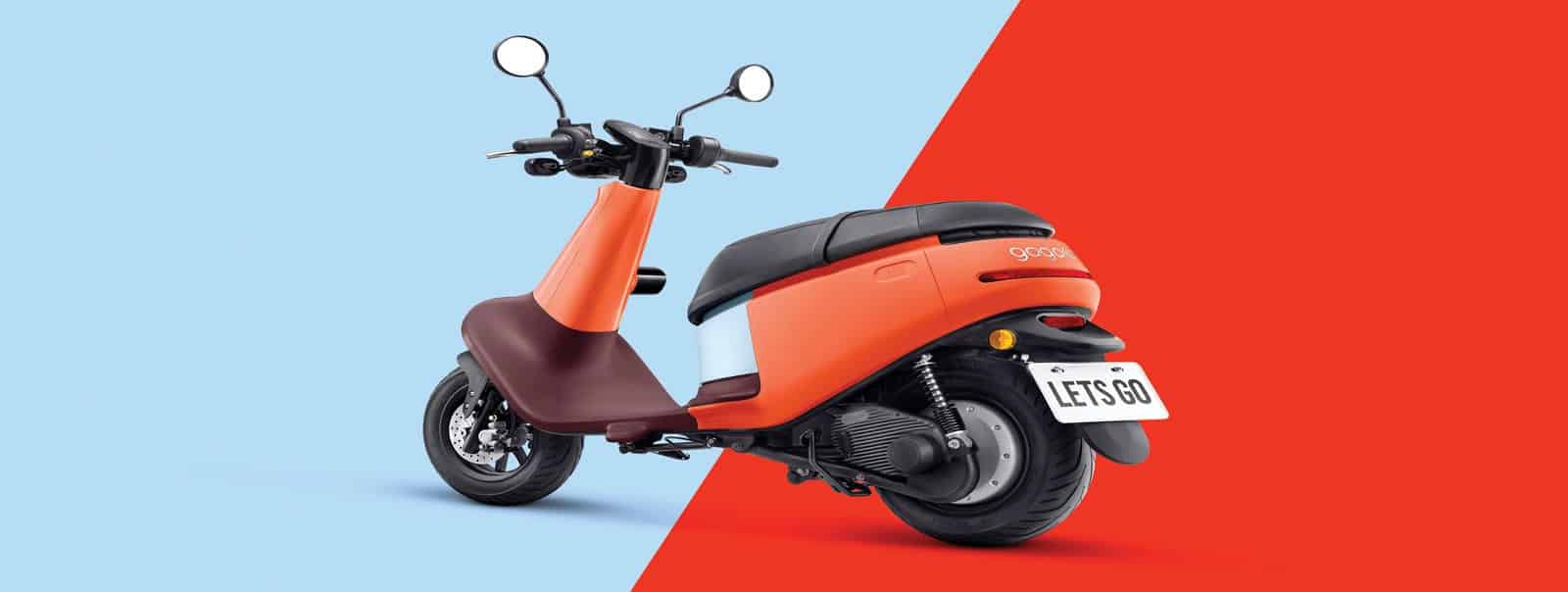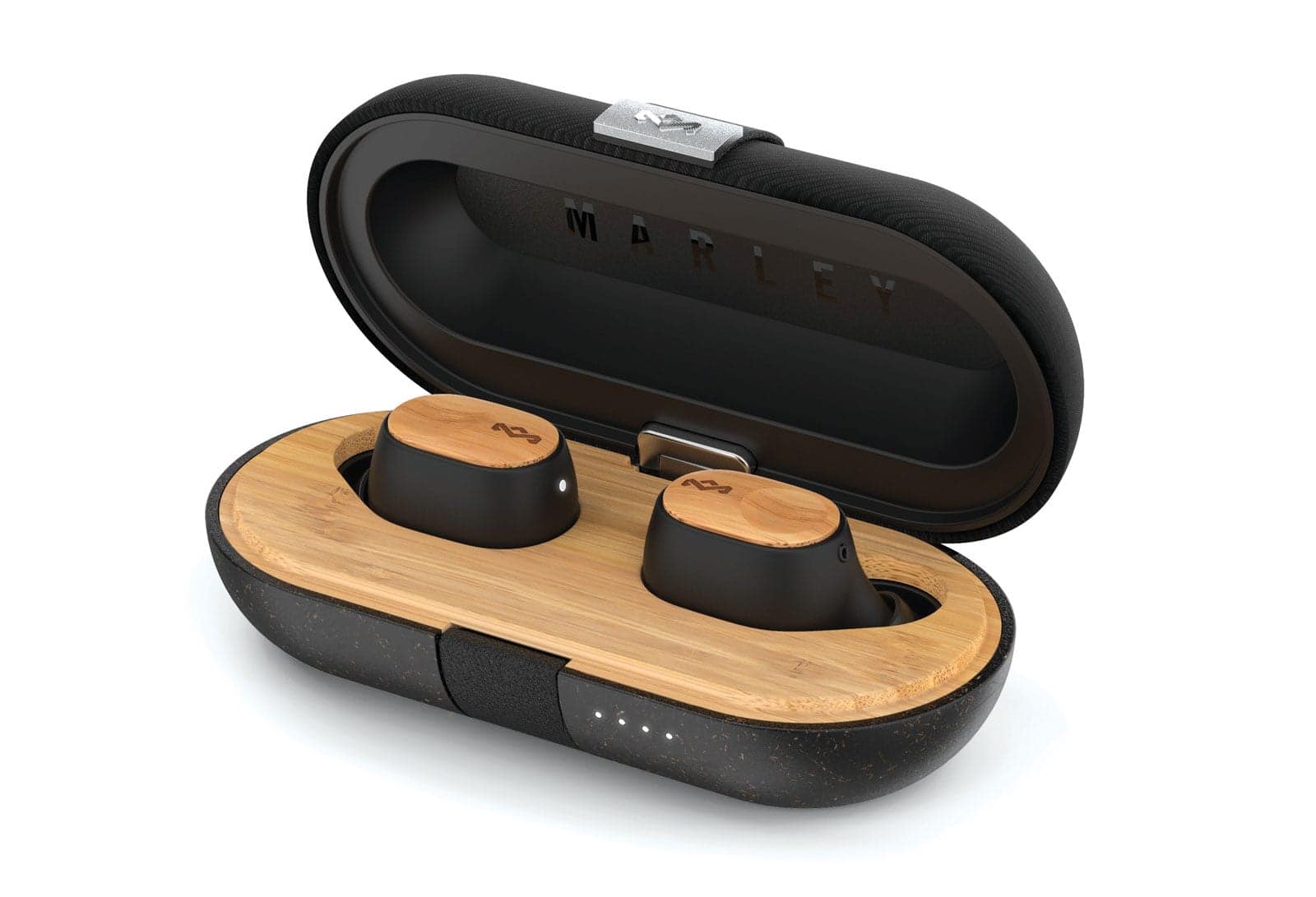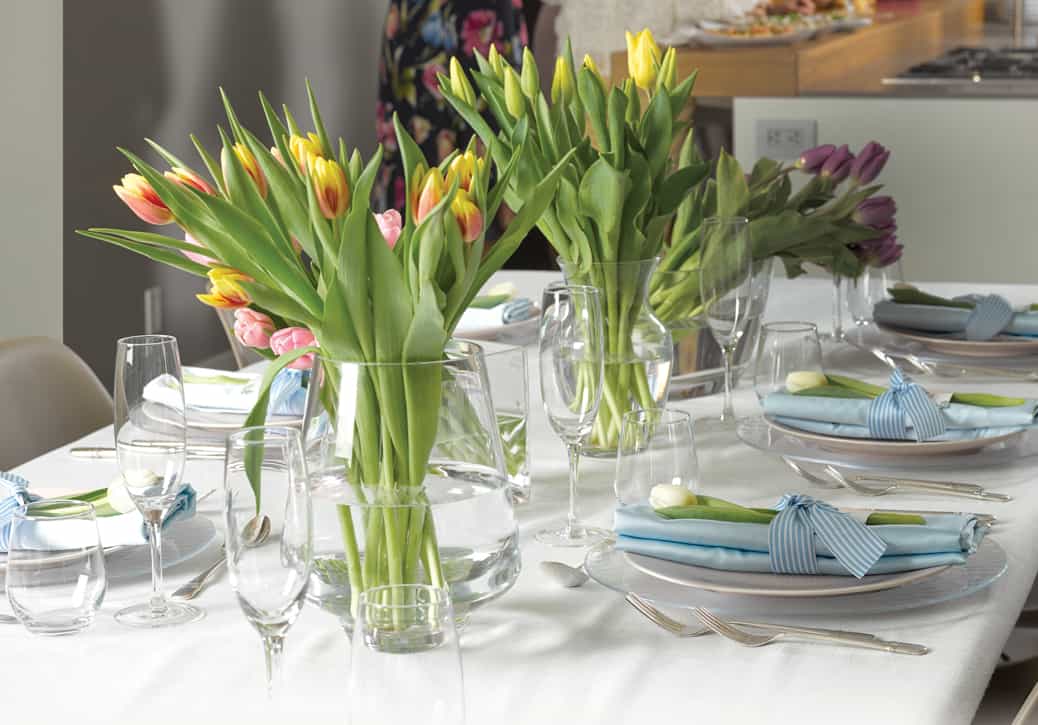By Marc Saltzman
Tis the season to buy (or receive) new tech toys, but what are you planning on doing with your old favourites?
After all, there’s no reason to keep that broken 43-inch HDTV if you just mounted a shiny new 70-inch 4K model to the wall. And surely you don’t need those “not so cool anymore” smartphones that are stuffed in a drawer—including a BlackBerry with missing buttons.
For some odd reason we hang onto our tech relics, even though we’ll never need or use them again. Donating them is a great idea, sure. But if you don’t want them, chances are no one else will either—especially if they don’t work or if the technology is dated, such as a DVD player or fax machine.
So, what to do?
While these devices aren’t any use to you, your end-of-life electronics are in fact filled with valuable resources—everything from glass and plastic to gold, silver, copper, palladium and more—that can all be recovered and repurposed. Yes, not only do we want to avoid tech filling up our landfills and contributing to e-waste pollution, but the valuable materials inside our old devices can be reused in state-of-the-art new products, thereby reducing the need to mine resources out of the earth.
The proper way to recycle your items is through the “Recycle My Electronics” program (RecycleMyElectronics.ca), which has recycled more than a million metric tonnes of electronics to date. This is the equivalent to thousands of trucks lined up from Victoria, BC, to St. John’s, Newfoundland—and back again—says the Electronic Products Recycling Association (EPRA), the not-for-profit organization responsible for this amazing Canadian program.
Getting rid of your old tech is simple and easy, so let’s walk through the process.
1 Collect your stuff
This is the fun part. Clean out your closets, drawers, basement or garage.
What you can recycle may vary slightly by province, but most programs will take: display devices (televisions, monitors), phones (corded, cordless, mobile), computers (laptops, desktops, tablets), computer peripherals (mice, keyboards, printers), audio gear (speakers, headphones) and home-entertainment items (VCRs, DVD and Blu-ray players, receivers, video game consoles). Visit RecycleMyElectronics.ca for a complete list of what can be recycled.
If it’s something that has data on it—such as a phone, tablet or PC—you should be sure to “scrub” the info clean. Check out how to do this properly on the RecycleMyElectronics.ca website. But even if you forget, the Recycle My Electronics folks will destroy it all for you.
Now, place everything in a box or bin and put it in your car’s trunk.
2 Visit recylemyelectronics.ca
To find out where to drop off your old tech, simply visit RecycleMyElectronics.ca and click or tap the province you live in.
Now type in your address or postal code and you’ll see all the approved drop-off locations near you. The map will have markers that show the type of drop-off depot, such as retail stores (usually big-box locations), municipal locations (often government buildings) or events (time-limited collection events).
Chances are you’ll find somewhere nearby, as there are more than 2,300 Recycle My Electronics authorized collection locations across Canada. In Ontario, 99.5 per cent of the population live within 25 km of a drop-off location.
And no, it doesn’t cost you anything to drop it off. You already paid a small environmental handling fee when you first bought that tech at retail, with the fee based on the actual cost to recycle the materials contained in the product.

3 Drop it off
Ready to do some good? Take note of the most convenient drop-off spot on the map. The address will be listed, along with how many kilometres away it is from you and the hours of operation. Not sure how to get there? Tap or click to launch another browser tab with Google Maps for step-by-step directions.
Now, when you’ve got the time, such as before or after work, on weekends or together with the kids for a “teachable moment,” take your box of goodies and dump it in the bin. It feels good to purge, no?
All electronics are then collected and taken to approved recycling facilities, where all the magic happens. EPRA-approved processors must meet more than 150 stringent safety protocols to ensure the safety of their employees and the environment.
Check out the RecycleMyElectronics.ca learning hub (under “resources”) for all kinds of content tied to recycling your tech—including articles and blog posts, videos, games, quizzes and more.
Making new gear from “throw-aways”
Thankfully, many consumer electronics companies are using recycled material to make their new products.
Sustainability is a big part of House of Marley, a company that creates several types of headphones and speakers made with recyclable materials. Take the Liberate Air ($180) truly wireless earbuds, for example, constructed from eco-friendly bamboo, a natural wood fibre composite made from sawdust, recyclable aluminum and an exclusive fabric called Rewind, which is made from organic cotton, reclaimed hemp and recycled plastic bottles. What’s more, proceeds of sales go towards the not-for-profit One Tree Planted organization, which plants trees with the funds collected. Named after (and licensed from) Bob Marley’s family, the legendary reggae star would be proud.

Taiwanese electric vehicle company Gogoro has unveiled its latest vehicle, a lightweight scooter called Viva (US$1800) built with recyclable polypropylene plastic. It’s also better on the environment than most because it’s an electric vehicle, as opposed to a 50–100 cc gas-based scooter. And it’s smart, too, as you can unlock the e-scooter and monitor mileage and maintenance information via an app. There are five colour combinations and roughly 100 optional accessories (including baskets and racks).
Finally, the Google Nest Mini (Gen 2) is the company’s latest smart speaker. You know the drill: Say the wake word (“Hey Google” or “OK Google”) followed by a question or command and a human-like voice will give you a reply. This diminutive smart speaker ($69) offers much better audio than the original Google Home Mini, plus it’s faster, available in more colours and mountable to a wall (if desired)—and the fabric covering the Nest Mini is now made from 100 per cent recycled plastic bottles. Google says a single half-litre plastic bottle makes enough fabric to cover more than two Nest Mini devices.
 Common tech recycling myths busted
Common tech recycling myths busted
There’s one obvious downside to our increasing reliance on technology: Electronic waste.
“E-waste” is accumulating in landfills each year—up to 50million tonnes of it worldwide, according to a UN-backed study.
Proper recycling of your unwanted tech is important. With this in mind, let’s explore a few common myths:
Myth #1: Your obsolete electronics are worthless. Truth: Even old tech contains recoverable and reusable resources—including gold, silver, copper and aluminum—that can be properly extracted and used in new products. Recycle My Electronics recycles 15.5 million electronic products per year. Interestingly, many of the resources in electronics (including plastic, glass and precious metals) can be reused again and again without losing their properties.
Myth #2: We can’t change. Truth: We can make a difference to reduce e-waste. The average Canadian household has 10 electronic devices. This is according to a four-year-old study and is therefore probably a conservative estimate. And we upgrade our devices often, so we can in fact help keep old and unwanted products from ending up in landfill.
Myth #3: Tossing your tech in the blue bin is okay. Truth: Only by properly recycling
tech through the available programs can we can protect our data and prevent gadgets and
gear from becoming e-waste.












